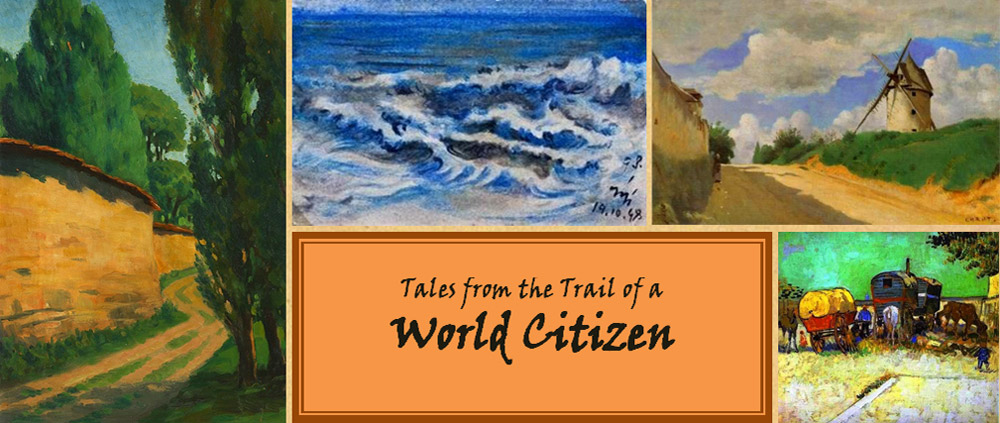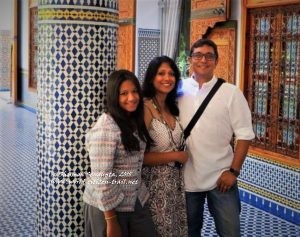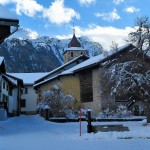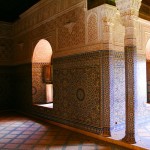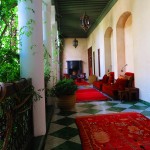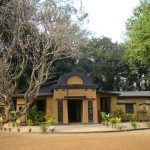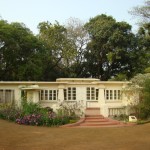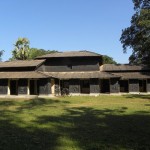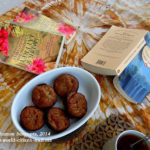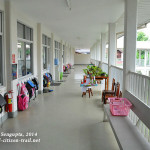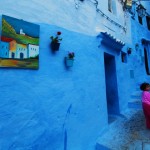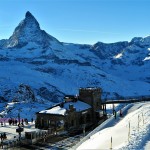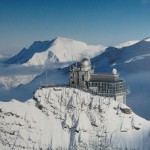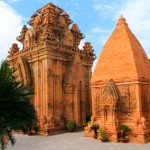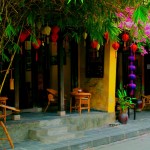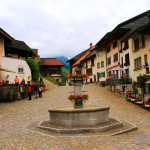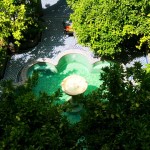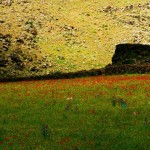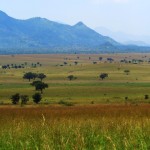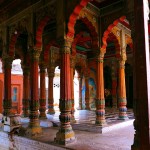The beautiful deep-cut Engadine valley in Switzerland originates at the foot of the Rhaetian Alps towards the south of the country and extends towards the north-west, up to the Austrian border. The river Inn runs all along the valley and then enters Austria, where it joins the Danube. The north-eastern region of this valley, lying between Zernez and Martina is called the Lower Engadine and it falls in the canton of Graubunden of Switzerland.
While most travelers / tourists visit the famous resort town of St. Moritz in this region, the real gems are hidden further up on the mountain sides, terraces and in the valleys, which visitors often overlook.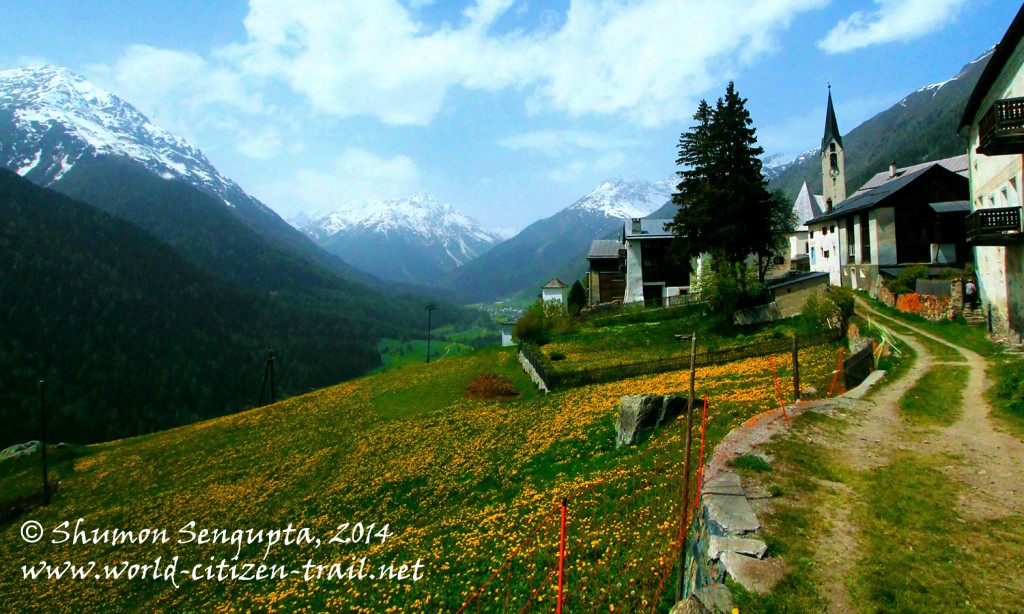 These little villages tucked in the remote valleys are unique because of various reasons. Apart from the fact that majority of the population in these villages speak the archaic Romansch language (close to Latin), these villages have also retained a few vestiges from an ancient culture that is not found in any other place in Switzerland.
These little villages tucked in the remote valleys are unique because of various reasons. Apart from the fact that majority of the population in these villages speak the archaic Romansch language (close to Latin), these villages have also retained a few vestiges from an ancient culture that is not found in any other place in Switzerland.
In some of the villages, the ancient tradition of the Chalandamarz is observed – a tradition that involves young boys chasing away winter and its “evil spirits” by going around the streets, loudly clanking large cow bells and singing songs heralding spring. Now how incredibly charming is that!
The remoteness and relative isolation of these villages has largely contributed to the preservation of their culture and way of life. And needless to say, this region is incredibly scenic; almost fairytale like. But then which place in Switzerland isn’t?
Guarda is once such village, which we visited during our 25 day trip of Switzerland. The village is often also referred to as the Schellenursli, from a famous children’s story set in this village.
From St. Moritz, which we used as our base, we went on a scenic train journey towards Guarda, higher up on the mountains; travelling north east, through the spectacular Lower Engadine valley. After we reached Guarda Station (which is a few hundred feet below Guarda Village) we took a small ‘Post Bus’ further up to Guarda Comun (village) and then explored the village on foot.
Now there couldn’t have been a more spectacular setting for this small village of 60+ heritage houses. Located 5,400feet above sea level and over 1000 feet above the floor of the valley, it is perched high up on a broad sundrenched terrace. The village is closed to traffic, so you don’t find any vehicles there, which adds to the old world charm of this place. The most significant structure to greet you first is the old church with its tall steeple.


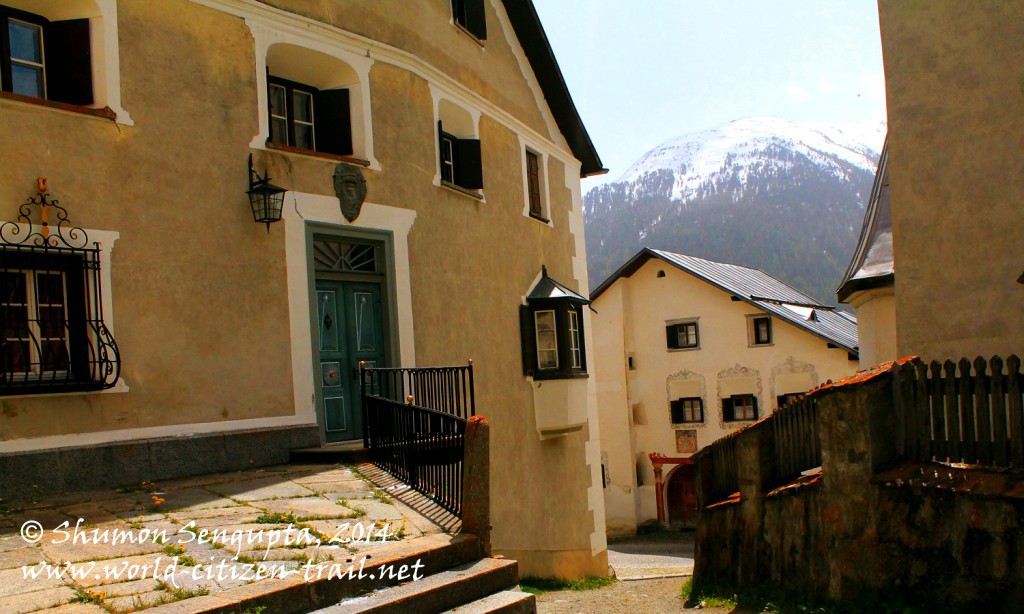

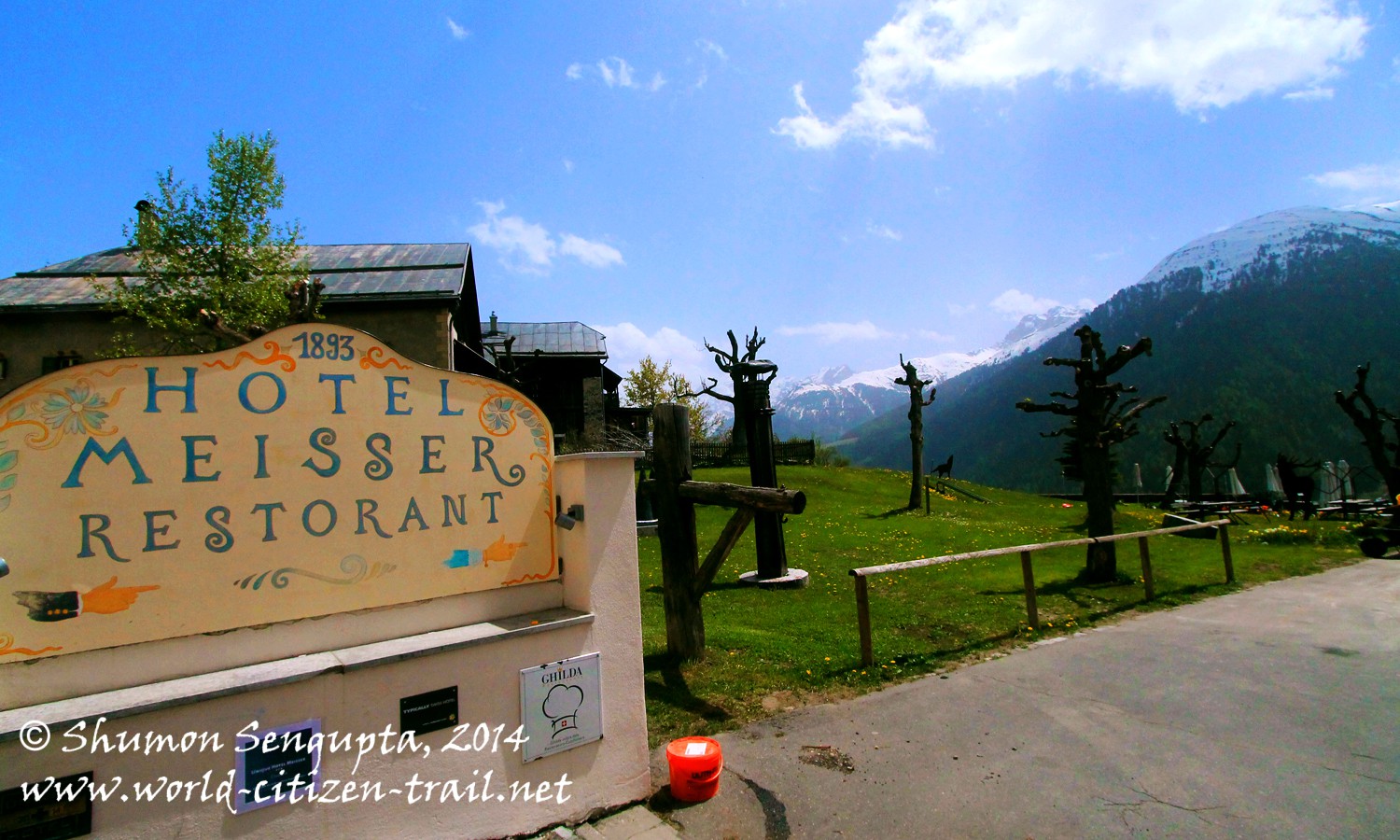


 Surrounded by beautifully decorated old houses, you feel you have stepped into a page from a fairytale book. All you need to do next is lose yourself in the maze of cobblestoned streets and narrow lanes and be surprised at every turn.
Surrounded by beautifully decorated old houses, you feel you have stepped into a page from a fairytale book. All you need to do next is lose yourself in the maze of cobblestoned streets and narrow lanes and be surprised at every turn.
The unique feature of this village are the magnificent and well preserved ‘Sgrafitto’ houses, with beautifully painted facades dating back to the first half of the 17th century CE. The houses, built of stone, lime and wood, have thick coarsely plastered walls washed in white/off white/ light brown, which provide an ideal background for murals executed predominantly in subtle pastel colors and shades. While ‘Sgraffito’ decorations are sometimes freehand paintings and stencils executed on plaster, more often these are etchings in which the outer layer of plaster, while it is still wet, is consummately scrapped away in beautiful and complex patterns to create the images.






 And many houses have interesting messages / aphorisms on the wall, etched in Romasnsch or Latin, which Peter Hessler, the American author and journalist, who I had read earlier, has interpreted for us.
And many houses have interesting messages / aphorisms on the wall, etched in Romasnsch or Latin, which Peter Hessler, the American author and journalist, who I had read earlier, has interpreted for us.
 For example on one wall it says in Romansch, “Trust in God, fulfill your duty, then you have nothing to fear”’. A wall in another house reads: “We build beautiful houses on earth and know well we won’t be living here forever. But we seldom think about the place where we’ll be spending eternity.”
For example on one wall it says in Romansch, “Trust in God, fulfill your duty, then you have nothing to fear”’. A wall in another house reads: “We build beautiful houses on earth and know well we won’t be living here forever. But we seldom think about the place where we’ll be spending eternity.”
Food for thought indeed!
And finally on the way out, as we proceed for our hike to the Ardez village, we pass through a house whose ‘Sgraffito’ inscription says “Out of everybody who passes by, who are you?”
Who am I? Well that is a fundamental existential question I guess…
 The houses generally have small and deep windows in the upper floors, wooden or wrought iron hanging balconies, large wooden bay windows and massive arched doors on the ground floor.
The houses generally have small and deep windows in the upper floors, wooden or wrought iron hanging balconies, large wooden bay windows and massive arched doors on the ground floor.
There is a GPS-based “Guarda Village Tour” app which is an interactive way to discover the village. There are fifteen selected stations which provide useful information about the village, its history and present reality, the landscape as well as interesting information on the arts and crafts of Guarda.





 It was a perfect day for our trip. The mountain weather was sunny and sparkling. As we leisurely walked through the serpentine thoroughfare and cobbled street and lanes, we admired the beautifully restored houses that still preserve wall paintings and decorated doors and windows from over 300 years back.
It was a perfect day for our trip. The mountain weather was sunny and sparkling. As we leisurely walked through the serpentine thoroughfare and cobbled street and lanes, we admired the beautifully restored houses that still preserve wall paintings and decorated doors and windows from over 300 years back.
Apart from taking in the crisp mountain air and drinking fresh cold water tapped from springs, we also admired the views of the magnificent mountains, valleys, the meadows below and the pastures high up.





Travel tips:
- Foods to try: For those who love meat, this region is provides quite a variety. White veal sausages (with potatoes), venison, and thinly sliced smoked meats are specialties here, although being a vegetarian, I really wouldn’t know.Vegetarians, who don’t have many options, might try the ‘Plain in Pigna’ (oven roasted potatoes) with salad. But you need to ask them not to add the meat. Another vegetarian dish is Maluns (yet another potato dish) served with apple sauce.Torta da nusch (nut tart) is a great dessert. Veltliner is supposed to be a good local wine, although again, being a teetotaler, I really wouldn’t know.
2. Check the weather the day before. If it is going to rain, you will be disappointed and hence you might want to consider the bad weather option (BWO) given below.
3. Plan to spend a full day to visit the villages of Guarda and Ardez (covered in the next post) and do the hike in between. It is worth every moment.
4. Getting there: Start fairly early on and take the train out of St. Moritz. You will reach Guarda through Samedan in a little over an hour.
From St. Moritz railway station, take the Regio Express in the direction of Chur. There is a train that leaves from St. Moritz every hour, starting from 8.2 am (yes dot two minutes past 8, 9, 10 and so on) You will reach Samedan in 17 minutes.
Get off at Samedan and take the Regio train towards Scuol-Tarasp, for Guarda. You generally have a 5 minute gap to take the connecting train and the connecting train is generally on an adjoining platform. So don’t panic. And just in case you miss the connecting train from Samedan to Guarda, cool your heals in Samedan for an hour, grab a tea or coffee and take the next service in one hours time.
From Samedan, you will reach Guarda in a little over 50 minutes. Enjoy the beautiful train journey through the spectacular Engadine valley.
By the side of the platform in Guarda railway station, you will find a little yellow post bus (van rather). If you don’t find it, just wait for some time and the little yellow bus will arrive, dot on time. They always coordinate the timings so that you get the connections on time. Take the post bus that is going towards Guarda Comun. It will take you to Guarda Comun in 8 minutes from where you walk into the village.
5. Spend 2-3 hours in Guarda and have lunch there. You can either carry a small picnic (which is always cheaper) with you or have your lunch in one of the restaurants (which is always expensive) in Guarda. After lunch, rest for some time and then hit the road that will take you to the Village of Ardez through the village of Boscha. The route is straightforward and well marked. It is the road that leads out of the village and you can’t miss it. It is a one hour easy and mostly downhill walk. The views are simply spectacular (and check my separate post on the hike).
6. Do a brief detour of the Village of Boscha, on your way if you want to. It is worth it.
7. Spend the second half of the day (a couple of hours) exploring the village of Ardez. Grab some tea / coffee in the afternoon and take the train to St. Moritz from Ardez. You can see the Ardez railway station when you hike down from Guarda.
8. Take a bottle of water with you, which you can refill at the numerous fountains and have your fill of fresh, cold mountain water.
9. If you are hiking from Guarda to Ardez make sure to put sunscreen and use a hat / cap if necessary because you will be hiking through the sunny side of the valley.
10. Ensure that you have enough memory in your camera drive. You will take a lot of photos for sure.
11. Travel light – just with one small rucksack and wear comfortable footwear that is appropriate for walking.
12. Optional visits: If you start early, Guarda, Ardez and the hike in between the two can be completed in the first half of the day. So options for the second half of the day (if you are up for it) are:
Take a train from Ardez to Punt Muragl (via Samedan) and then head up to Muottas Muragl in the Funicular for breathtaking views to the Engadin lakes and surrounding valleys and alps. From the outdoor terrace at the Muragl restaurant, you can look over at the stunning Upper Engadine lakes and gaze at the breathtaking snow covered Bernina group of mountains. You can also look down on the town of St. Moritz.
From there you could get back to Punt Muragl in the Funicular and get back to St. Moritz (via Samedan) by train.
If you are interesting in hiking more, you might want to take the trek to the Segantini hut above Pontresina if the weather is very clear. Or if you want to go for an easier trek, take the charming wooded path down to Pontresina. Both would take about two hours.
If you want to take it easy, return by funicular from Muottas Muragle to Punt Muragl and take the Bus from there to Pontresina. Spend some time in Pontresina at the beautiful outdoor bath, to relax at the end of the intense day. Take the bus from Pontresina, back to St. Moritz later in the evening.
The other option for avid hikers, if there isn’t too much snow is to do the Panorama trail from Muottas Muragl to Alp Languard (approximately 2 hours). From Alp Languard to Pontresina you can hike down or take the chair lift to Pontresina. But check out the weather before and if the chair lift is open.
13. Bad Weather Options (BWO): If the weather is such that you can’t hike or the views are obstructed by clouds and rain, then spend a day in one of Switzerland’s oldest spas, the thermal baths in Scuol (where the cows are said to drink mineral water from fountains). Train and bus will take you there in 1 hour and 35 minutes from St. Moritz. Or you could also do the Alpine Museum in the Chesa Delnon in Pontresina. Or you could do some real or window shopping in St. Moritz and enjoy the Architecture in St. Moritz. You could also visit the famous Segantini Museum.
